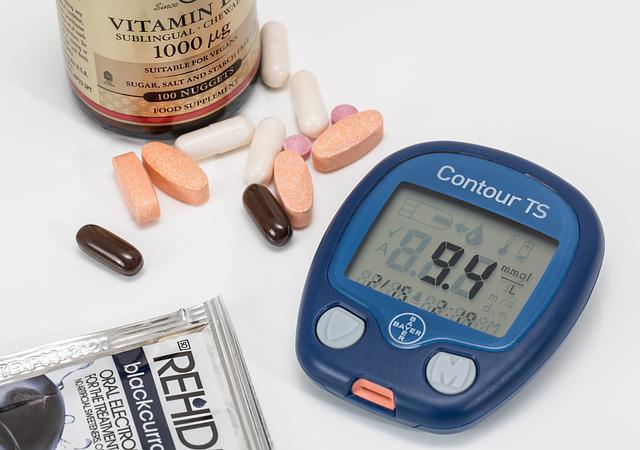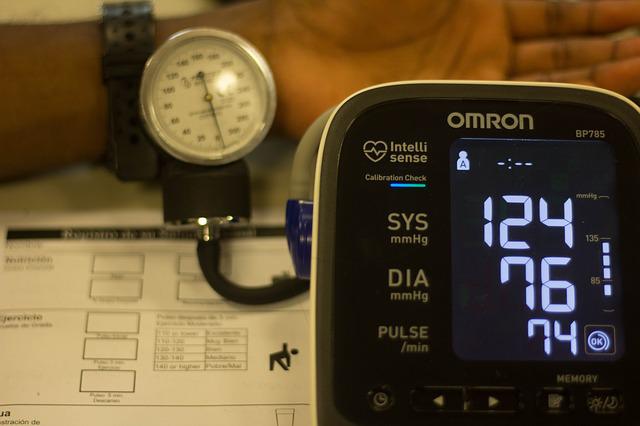Podcast: Play in new window | Download (Duration: 14:30 — 13.3MB) | Embed
On this episode of the podcast, I cover budesonide (Pulmicort) pharmacology. Our sponsor (Pyrls.com/rlp) for this episode is providing a FREE PDF of their inhaled corticosteroid categorizations chart (i.e. low/medium/high dose ICS) when you sign up for a free account!
The onset of action of inhaled budesonide is several hours up to a few days. Patient education is critical to ensure that patients stick with its use.
Budesonide does have a nebulized formulation that is often used in pediatrics and geriatrics.
There aren’t a ton of critical drug interactions, but you should think about medications that inhibit CYP3A4 and may have additive immunosuppressive effects.
Be sure to check out our free Top 200 study guide – a 31 page PDF that is yours for FREE!










